How drone warfare works
From Ukraine to Iran, it has become clear that unmanned aircraft are rapidly revolutionising modern warfare
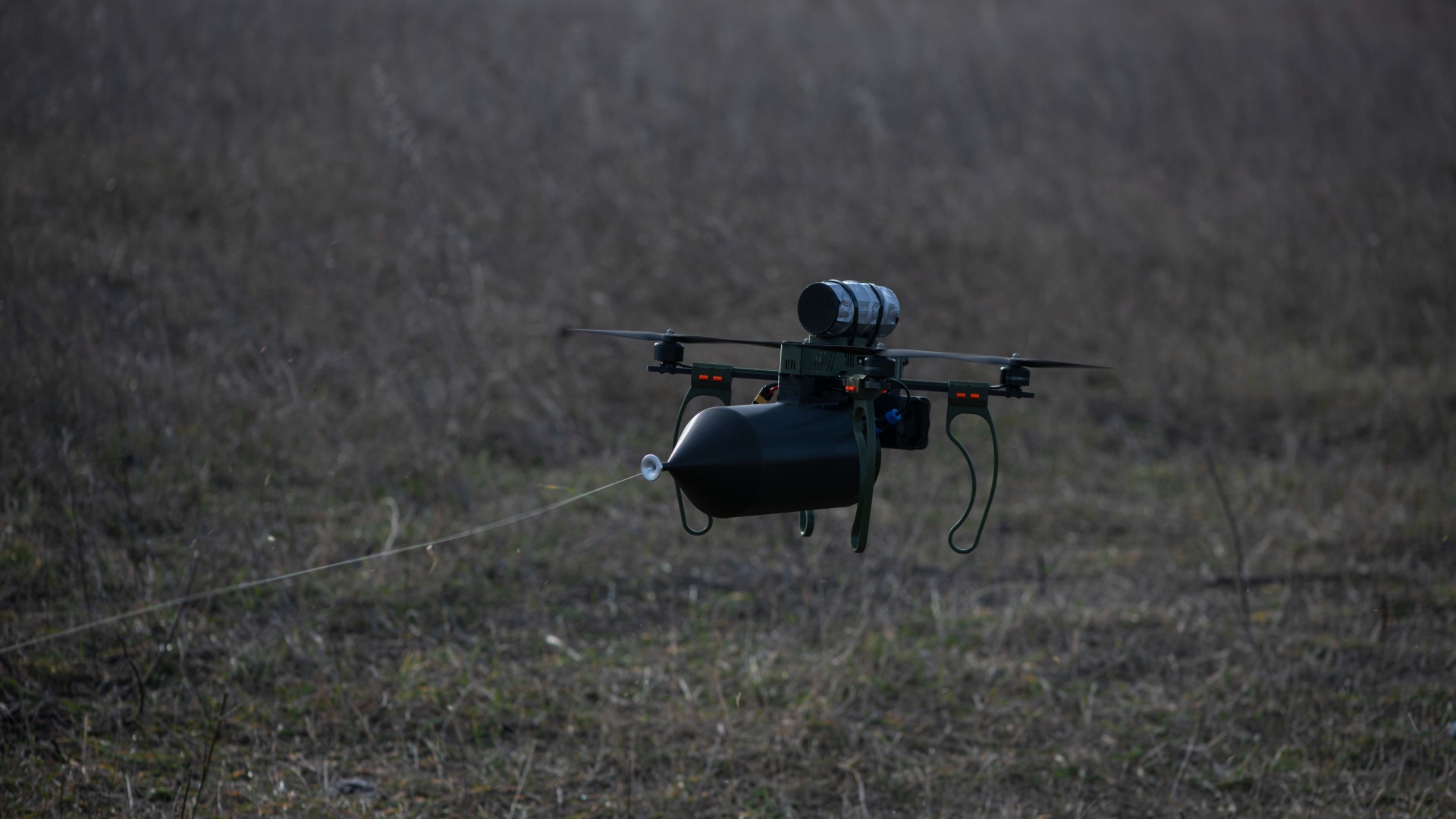
The impact of drones on the war in Ukraine has been astonishing. Unmanned aerial vehicles (UAVs) have transformed the conflict.
According to Ukrainian commanders, drones have been responsible for 80% of Russian combat casualties this year, and a similar proportion of damage to equipment; Ukraine says that drones destroyed 89,000 Russian targets in May alone.
In early June, the Ukrainians used AI-guided "quadcopter" drones to mount a devastating attack on dozens of Russian aircraft at bases deep inside enemy territory. Israel's surprise attack on Iran this month also relied heavily on drones. Increasingly, analysts agree that cheap, easily adaptable drones will revolutionise modern warfare – and could pose a threat to even the world's most advanced militaries.
The Week
Escape your echo chamber. Get the facts behind the news, plus analysis from multiple perspectives.

Sign up for The Week's Free Newsletters
From our morning news briefing to a weekly Good News Newsletter, get the best of The Week delivered directly to your inbox.
From our morning news briefing to a weekly Good News Newsletter, get the best of The Week delivered directly to your inbox.
What type of drones are we talking about?
Unmanned remote-controlled aircraft have been used by US forces for reconnaissance since Vietnam. The first armed drone strike is usually dated to 2001: US fixed-wing UAVs such as Predators and Reapers, which fire missiles, hit hundreds of Taliban and al-Qa'eda targets during the War on Terror. Similar drones have been used in Ukraine, such as the Turkish-built Bayraktar. The Russians have fired thousands of Iranian-designed Shahed drones (known as "mopeds" because of the sound of their petrol engines) into Ukraine, while the Ukrainians have built their own long-range drones, which can attack targets over 1,000km away.
But the real revolution is in smaller, battery powered UAVs, with four to eight rotors, many of which are "FPV" (first-person view), transmitting a video feed to the operator's goggles in real time. These are used for reconnaissance, directing artillery attacks, and resupplying troops. Most importantly, they can be armed with explosives, allowing pilots either to drop bombs, or to fly into a target, kamikaze-style.
How have they changed the conflict?
Firstly, they've made it more dangerous: thanks to drones, the third year of the Ukraine War is estimated to have been deadlier than the first two years combined. Mechanised assaults have become practically impossible: a $400 drone can quickly take out a $2 million tank. The battlefield has become "transparent", making it hard for either side to mass troops and vehicles. Russian assaults are now made in small groups, on foot or on motorbikes. Because UAVs make it harder to get troops to and from front-line positions and to supply them, some Ukrainian infantry spend months in foxholes, surviving on food deliveries made by drone.
Drones have "gamified" the war: Ukrainian troops now win "points" if they hit targets with drones, which they can trade in for even more effective weapons – a scheme intended to direct equipment to the most effective units. A comparable transformation has occurred at sea. Successful Ukrainian marine drone attacks have forced Russia's fleet to withdraw from the western Black Sea.
A free daily email with the biggest news stories of the day – and the best features from TheWeek.com
How can you defend against drones?
At the moment, with difficulty. You can shoot them down, but anti-drone missiles are prohibitively expensive. Both sides are testing laser weapons, but it's early days for the technology. On the front line, soldiers carry shotguns, but they require quick reactions at perilously close range. You can also shelter from drones: soldiers erect fishing nets over crucial supply routes, and, less successfully, put steel grids known as "cope cages" on their tanks.
The most successful defence so far has been electronic warfare: most UAVs are operated by radio signals, and can be knocked out by jamming those signals. By the end of last year, up to 75% of drone frequencies were being blocked by jamming. In response, fibre-optic drones were created.
What are fibre-optic drones?
They are controlled by a fishing line-style fibre-optic filament, which unspools as it flies and links the UAV to an operator. This confers two major advantages: the drones cannot be knocked out by jamming; and the images they send back are crystal clear. They were used to great effect to destroy Ukraine's supply lines into Russia's Kursk region, from which most Ukrainian forces were ejected in March; videos showed fields strewn with fibreoptic cables.
Russia and Ukraine are now both racing to source cable: prospective buyers from both sides are said to have bumped into each other in Chinese factories. The downside is that their range is limited by cable length (up to 20km); they're heavy; and the cables can become tangled in trees or electricity lines.
Which side is winning the drone war?
For a while, it seemed to be Ukraine. The country claims to have manufactured 2.2 million drones in 2024, and aims to produce 4.5 million in 2025. It is now considered a "drone superpower", and has used the weapons to strike many targets deep inside Russia. But Russia – reportedly with help from China – is catching up. Ukraine produces about 100 long-range drones a day; Russia makes 300. Moscow is thought to be ahead both in electronic warfare and fibre optics.
What is the long-term outlook?
Drones – cheap, ubiquitous and disposable – threaten the supremacy of the ultra-expensive “weapon platforms” that have dominated advanced militaries for decades, such as tanks, jets and aircraft carriers. No doubt counter-measures will be developed, as with earlier technological breakthroughs such as the plane and the tank. But with defence departments investing heavily in drone warfare, drones are likely to evolve too. Russians and Ukrainians are already testing swarm AI – of the kind that produces coordinated drone lightshows – on the battlefield. A particular area of concern is that China dominates production of all the main components for FPV-type quadcopters, such as lithium-ion batteries, fibre optics and the rare earth magnets used in electric motors.
Was Operation Spiderweb a wake-up call?
Yes. Ukraine's "Operation Spiderweb" earlier this month was a stunning success. Drones were smuggled into Russia in "sheds", loaded onto lorry containers. The lorries were parked near five air bases spread across Russia; the containers' roofs retracted simultaneously to release drone swarms, destroying or damaging at least 20 crucial aircraft, some of which were irreplaceable.
The operation was also, according to many analysts, a wake-up call for Western armed forces. If the Ukrainians were able to smuggle drones into an authoritarian state like Russia (and Israel was able to mount a similar operation in Iran), wouldn't Nato countries be vulnerable to China or Russia in the same way?
In particular, there are worries that drones could be brought into the US aboard Chinese container ships. In The Atlantic magazine, the military analyst Phillips Payson O'Brien noted that Chinese interests have been buying up farmland next to important US military bases for years. "They could be growing soybeans, but they could also be staging grounds for drone swarms that would make the Ukrainian attacks look minuscule." Recent unexplained drone overflights near military bases and airports in Denmark, Germany and the UK, meanwhile, have also caused alarm.
-
 Denmark scraps letters and its iconic red postboxes
Denmark scraps letters and its iconic red postboxesUnder the Radar Danish posties say ‘farvel’ to 400 years of tradition but can Royal Mail weather the storm?
-
 What role will Trump play in the battle over Warner Bros. Discovery?
What role will Trump play in the battle over Warner Bros. Discovery?Today’s Big Question Netflix and Paramount fight for the president’s approval
-
 ‘The menu’s other highlights smack of the surreal’
‘The menu’s other highlights smack of the surreal’Instant Opinion Opinion, comment and editorials of the day
-
 Did Trump just end the US-Europe alliance?
Did Trump just end the US-Europe alliance?Today's Big Question New US national security policy drops ‘grenade’ on Europe and should serve as ‘the mother of all wake-up calls’
-
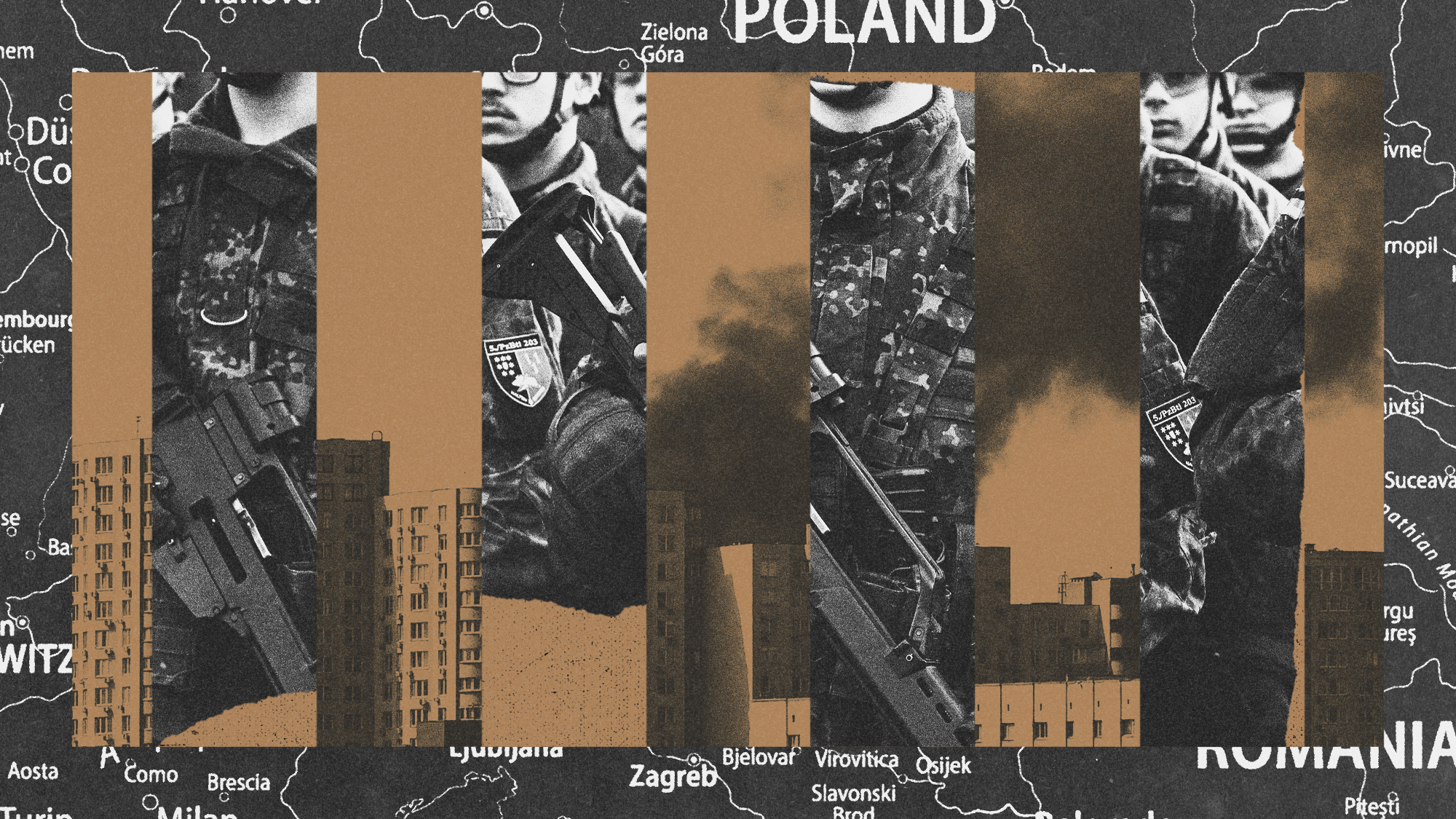 Is conscription the answer to Europe’s security woes?
Is conscription the answer to Europe’s security woes?Today's Big Question How best to boost troop numbers to deal with Russian threat is ‘prompting fierce and soul-searching debates’
-
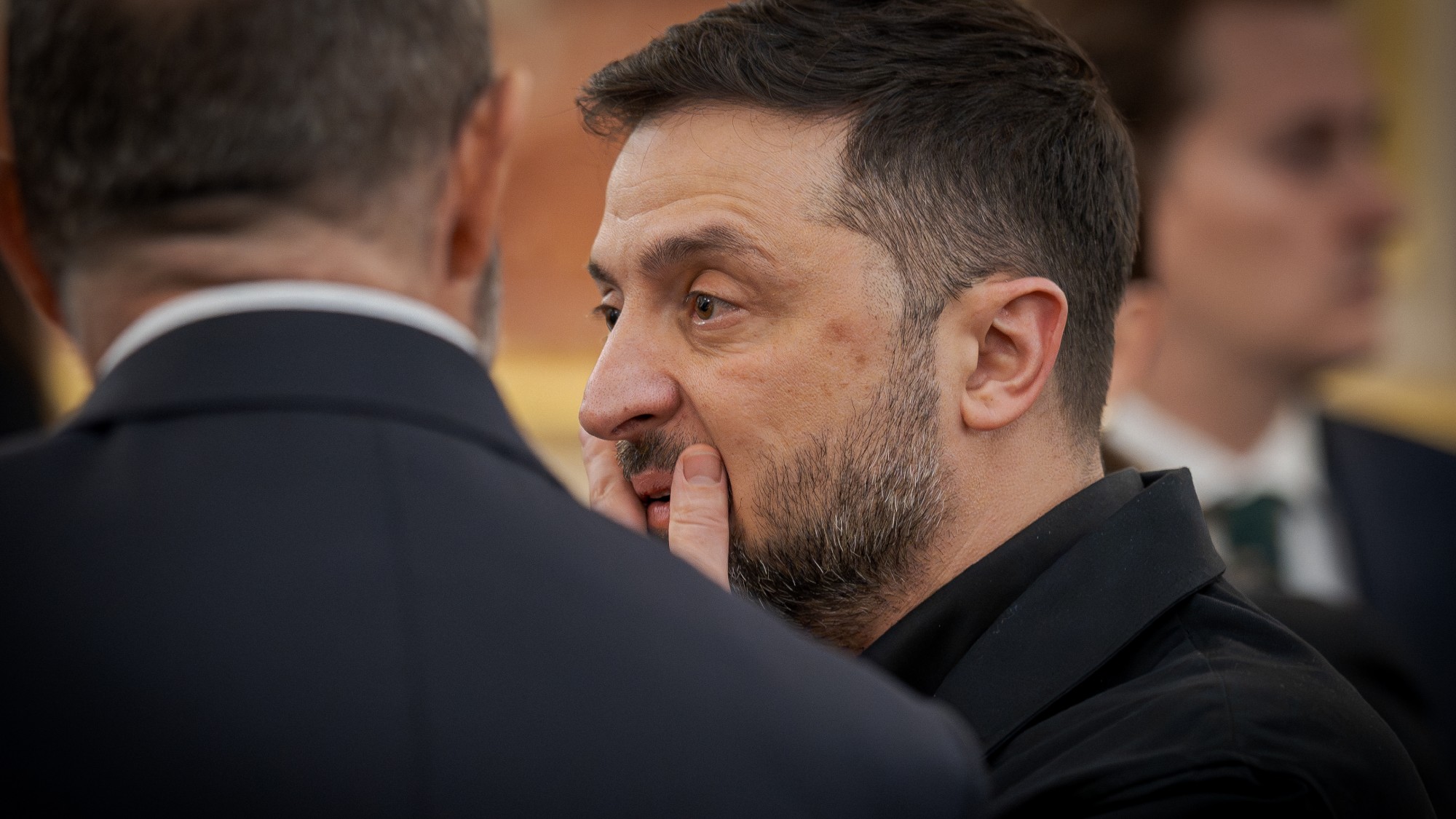 Trump peace deal: an offer Zelenskyy can’t refuse?
Trump peace deal: an offer Zelenskyy can’t refuse?Today’s Big Question ‘Unpalatable’ US plan may strengthen embattled Ukrainian president at home
-
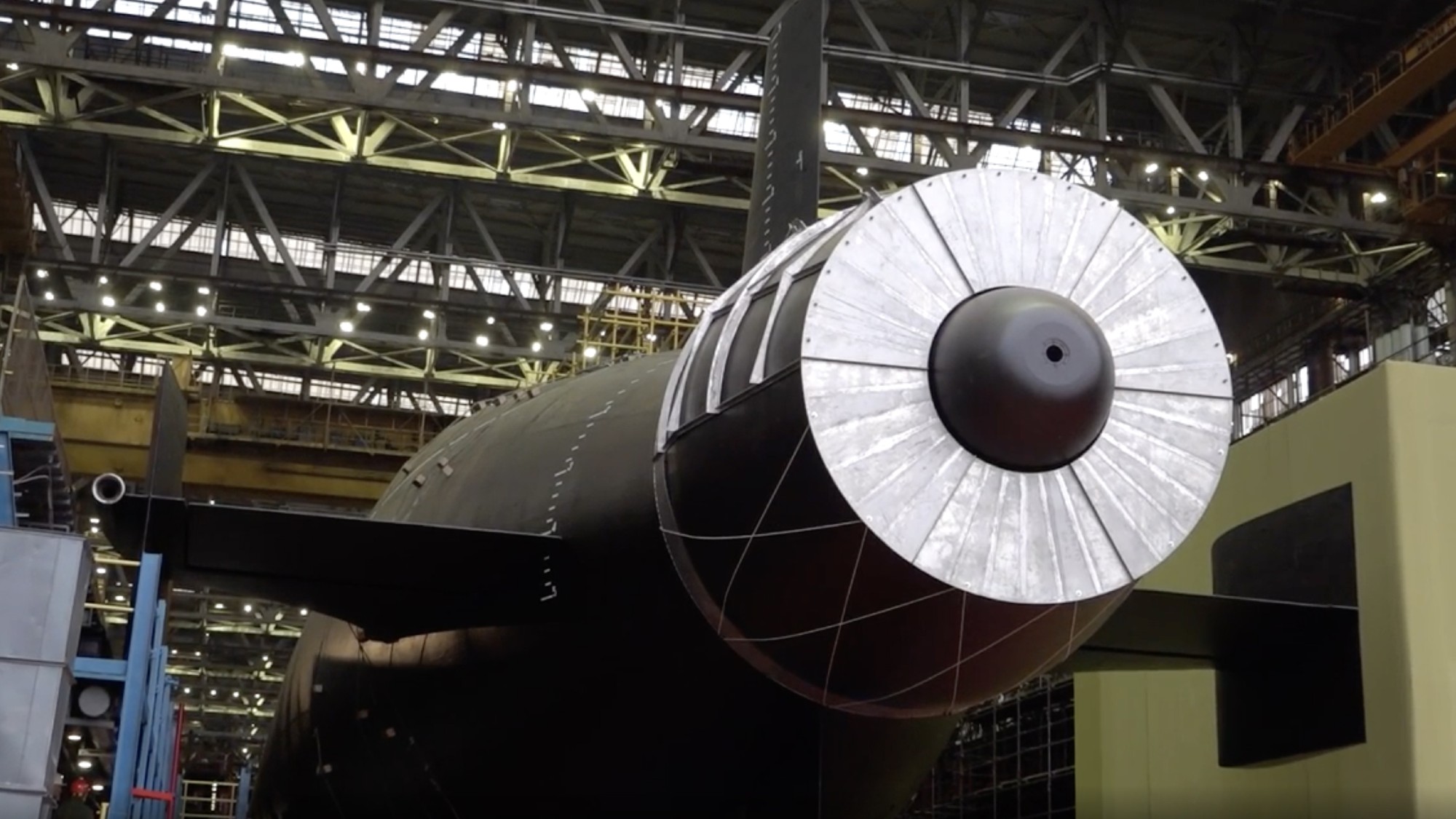 Vladimir Putin’s ‘nuclear tsunami’ missile
Vladimir Putin’s ‘nuclear tsunami’ missileThe Explainer Russian president has boasted that there is no way to intercept the new weapon
-
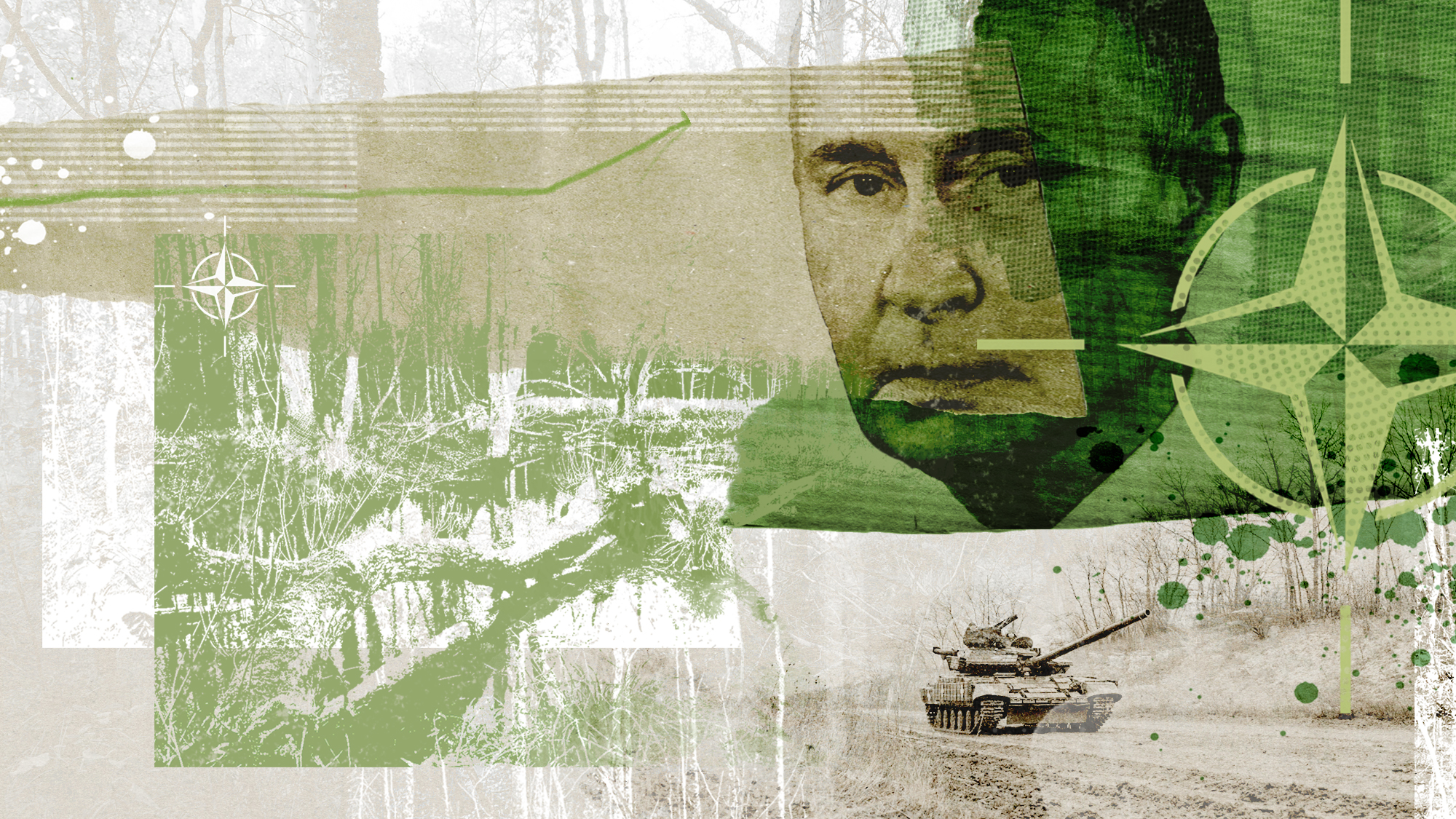 The Baltic ‘bog belt’ plan to protect Europe from Russia
The Baltic ‘bog belt’ plan to protect Europe from RussiaUnder the Radar Reviving lost wetland on Nato’s eastern flank would fuse ‘two European priorities that increasingly compete for attention and funding: defence and climate’
-
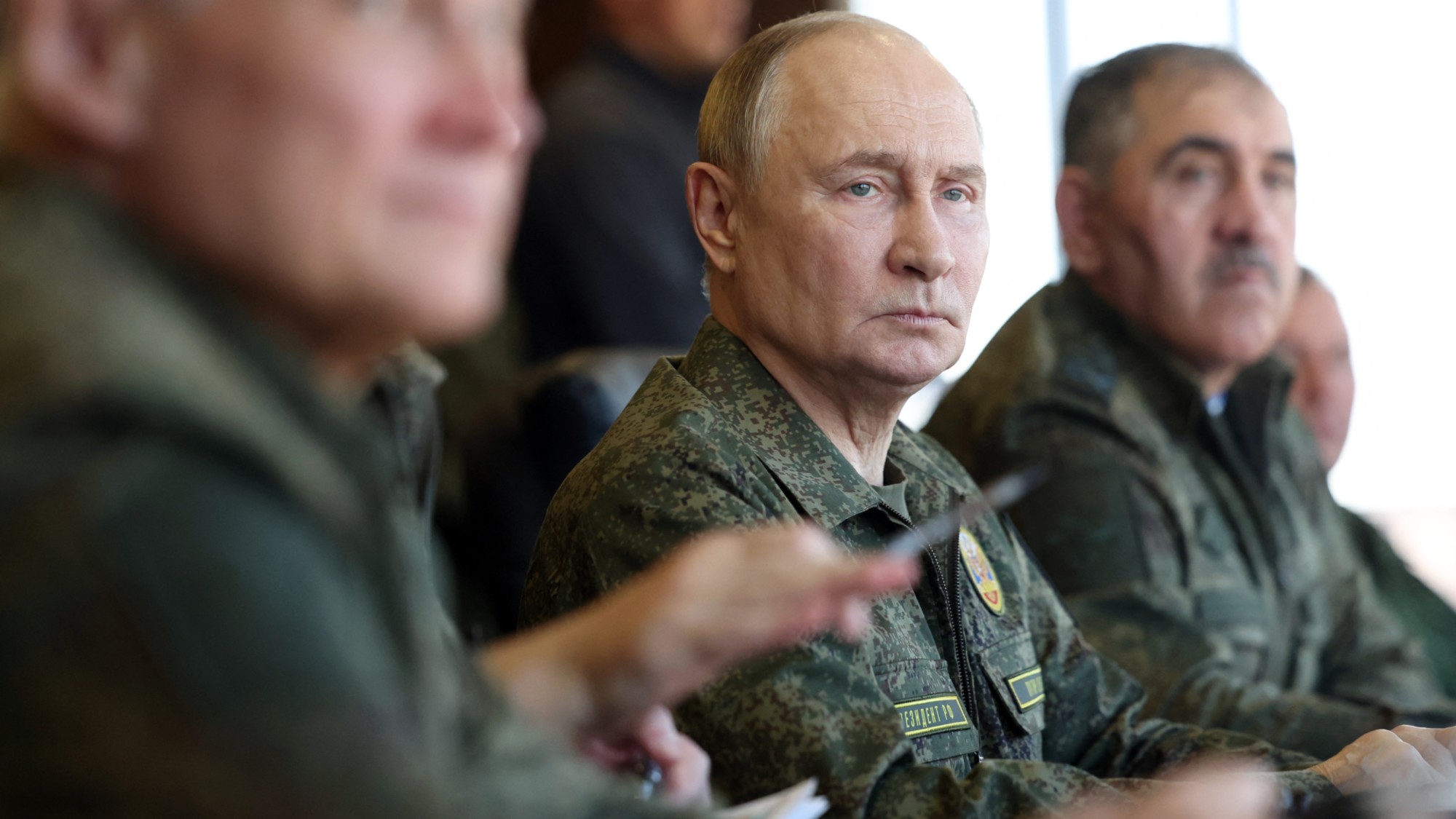 How should Nato respond to Putin’s incursions?
How should Nato respond to Putin’s incursions?Today’s big question Russia has breached Nato airspace regularly this month, and nations are primed to respond
-
 Russia’s war games and the threat to Nato
Russia’s war games and the threat to NatoIn depth Incursion into Poland and Zapad 2025 exercises seen as a test for Europe
-
 What will bring Vladimir Putin to the negotiating table?
What will bring Vladimir Putin to the negotiating table?Today’s Big Question With diplomatic efforts stalling, the US and EU turn again to sanctions as Russian drone strikes on Poland risk dramatically escalating conflict